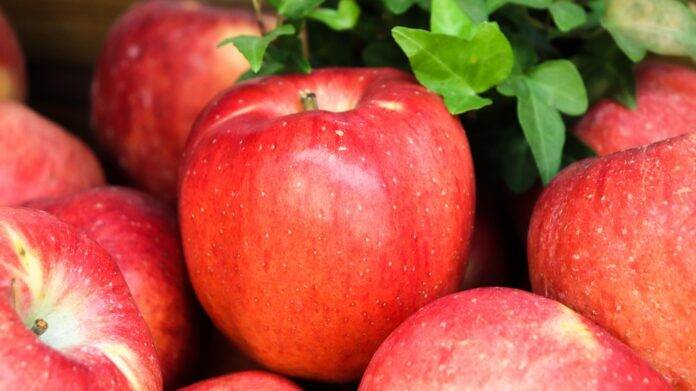Introduction
Climate change is a pressing issue that is impacting various industries around the world, including agriculture. Apple production is one such industry that is being significantly affected by the changing climate. In this report, we will explore the top 10 ways in which climate change is impacting apple production, including specific data, financials, volumes, and more.
1. Changing Weather Patterns
One of the most significant ways in which climate change is affecting apple production is through changing weather patterns. Rising temperatures, changing rainfall patterns, and more frequent extreme weather events like droughts and storms are disrupting apple growing regions. For example, in recent years, apple orchards in California have experienced more frequent droughts, leading to reduced yields and lower quality apples.
2. Pests and Diseases
Climate change is also contributing to the spread of pests and diseases that can devastate apple orchards. Warmer temperatures create more favorable conditions for pests like apple maggots and diseases like fire blight to thrive. As a result, apple growers are facing increased pressure to control these pests and diseases, leading to higher production costs and lower yields.
3. Water Scarcity
Water scarcity is another major issue impacting apple production due to climate change. As temperatures rise and rainfall patterns shift, many apple growing regions are experiencing water shortages. This has led to increased competition for water resources among farmers, as well as the need for more efficient irrigation systems to ensure the survival of apple trees.
4. Pollination Challenges
Climate change is also affecting pollination, which is essential for apple production. Changes in temperature and weather patterns can disrupt the life cycles of pollinators like bees, leading to reduced pollination rates and lower fruit set in apple orchards. This can result in lower yields and decreased fruit quality for apple growers.
5. Frost Damage
Frost damage is a common problem for apple growers, and climate change is exacerbating this issue. Warmer temperatures are causing apple trees to bloom earlier, increasing the risk of frost damage during late spring frosts. This can lead to significant crop losses for apple growers, impacting their bottom line and overall production volumes.
6. Shifts in Growing Seasons
Climate change is also causing shifts in growing seasons for apples, disrupting traditional planting and harvesting schedules. Warmer temperatures are leading to earlier springs and later falls, altering the timing of key growing activities for apple growers. This can pose logistical challenges and impact overall production efficiency.
7. Nutrient Depletion
Climate change is impacting soil health and nutrient availability, which is crucial for apple production. Changes in temperature and rainfall patterns can lead to soil erosion, nutrient depletion, and reduced soil fertility in apple orchards. This can result in lower yields, poor fruit quality, and increased reliance on fertilizers to maintain productivity.
8. Market Volatility
The impacts of climate change on apple production are also contributing to market volatility. Fluctuations in production volumes, quality, and prices due to weather-related events can disrupt supply chains and create uncertainty for apple growers. This can make it challenging for growers to plan and manage their operations effectively, leading to financial instability.
9. Adaptation Costs
As climate change continues to impact apple production, growers are facing increasing costs to adapt to these changing conditions. Investments in new technologies, infrastructure, and practices to mitigate the effects of climate change can be expensive and resource-intensive. This can put financial strain on apple growers, particularly small-scale producers with limited resources.
10. Long-Term Sustainability
Climate change poses a significant threat to the long-term sustainability of apple production. Without effective mitigation and adaptation strategies, the industry may struggle to maintain productivity, profitability, and environmental stewardship in the face of changing climatic conditions. It is crucial for apple growers, policymakers, and stakeholders to work together to address the challenges posed by climate change and ensure the future viability of apple production.
In conclusion, climate change is having a profound impact on apple production, affecting various aspects of the industry from weather patterns to market dynamics. It is essential for stakeholders to take action to mitigate these impacts and build resilience in the face of a changing climate. By implementing sustainable practices, investing in innovation, and collaborating across the industry, apple growers can adapt to the challenges of climate change and secure a sustainable future for apple production.



